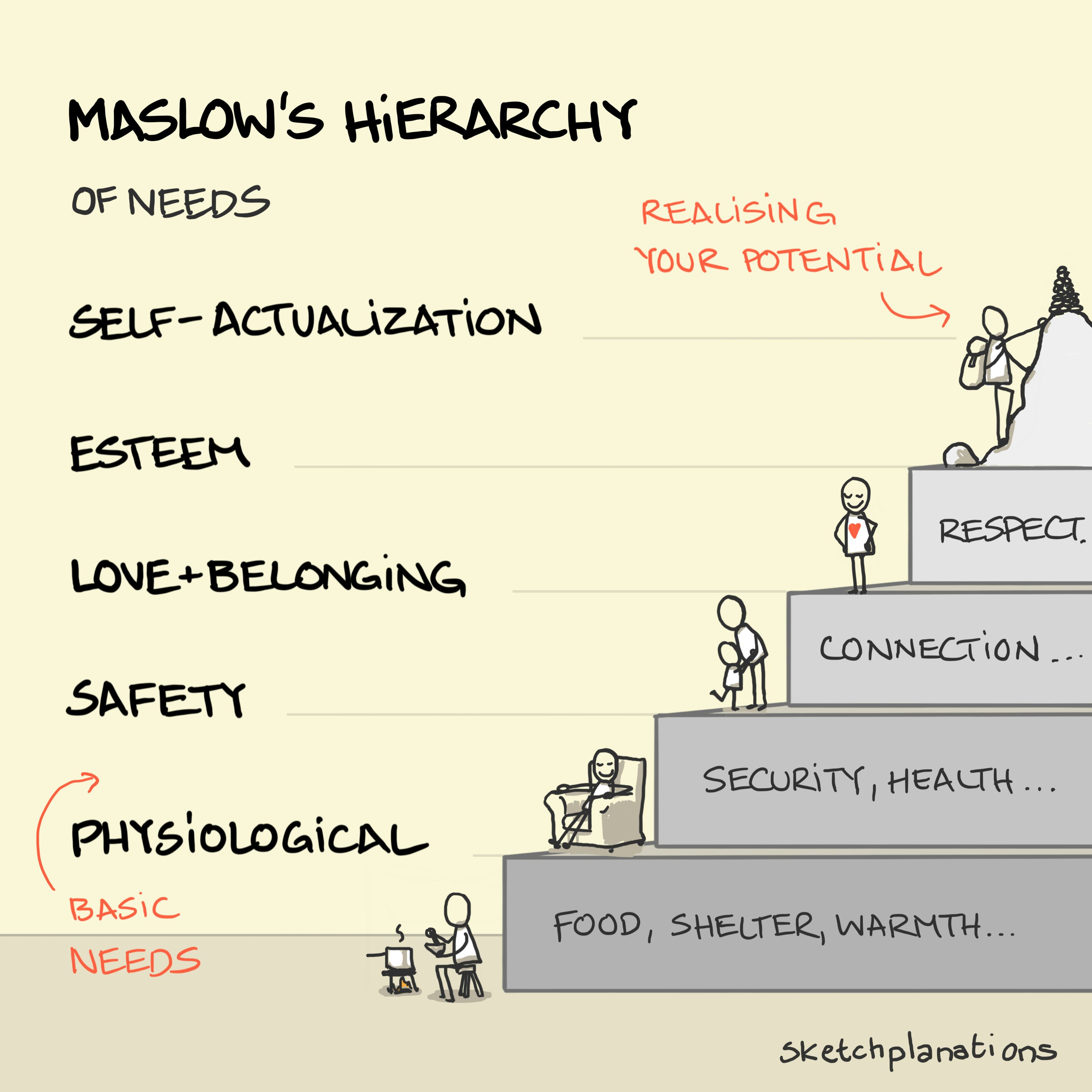Get my new weekly sketch in your inbox
Join over 30,000 people learning something new in a moment each Sunday.

Fungible - non-fungible
Fungible goods are mutually interchangeable in that, in principle, you could swap in any unit for any other unit of the same type or kind and it would be equivalent. Money is a classic fungible good. A $10 bill is equivalent to any other $10 bill, so if you were to borrow $10 from someone they wouldn't care or expect to get the same $10 bill back.
Non-fungible goods are unique and not mutually interchangeable. Each house, even cookie-cutter houses, is in a unique location, with different neighbours, quirks, and history. Having a print of the Mona Lisa on your wall is not the same as having the original from the Louvre. And swapping people between teams at work, even people with similar experience, will still result in different outcomes.
A nice thought experiment to distinguish fungible and non-fungible goods is to ask if you were to borrow one, would it make a difference if you returned a different one? So if you were to borrow my car, you could return it to me with a different tank of fuel (a fungible good) and it wouldn't make any difference to me. But if you were to return a different used car (a non-fungible good) that would be rather odd.
In case you've heard of NFTs (Non-Fungible Tokens) and would like to understand their flaws and promise better I recommend the NFT Freakonomics episode of the 3-part series What can Blockchain do for you?
Also see, rival and non-rival goods
You’re welcome to use and share this image and text for non-commercial purposes with attribution. Go wild!
See licence

